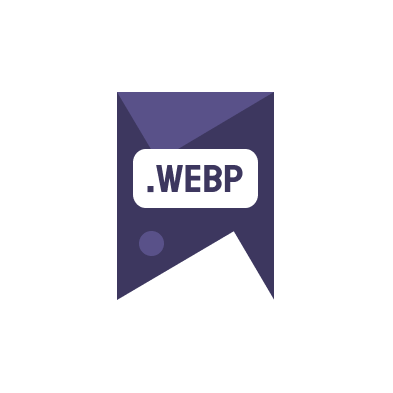Choosing the best image formats for illustrations with text is crucial for optimizing content for both clarity and web performance. This guide will explore various image formats and identify which ones are most suited for illustrations that include text elements.
Understanding Different Image Formats
Before diving into the specifics of each image format, it’s important to understand the basics of what makes an image format suitable for illustrations with text. The key factors to consider include compression quality, file size, and clarity of the text.
- JPEG: Widely used for photographs due to its efficient compression. However, it can cause text to appear blurry due to lossy compression.
- PNG: Offers lossless compression, making it ideal for images with text as it preserves sharpness and detail.
- GIF: Suitable for simple graphics with fewer colors but not recommended for text-heavy illustrations due to limited color support.
- SVG: Perfect for illustrations that require scalability without losing image quality. Text remains clear regardless of scaling.
- WebP: A modern format that provides superior compression techniques. It’s excellent for illustrations with text due to its balance of quality and file size reduction.
To see examples of how these formats handle illustrations with text, visit our image gallery.
Why WebP is Among the Best Formats
WebP is increasingly recognized as one of the best image formats for illustrations with text. This format offers compression that reduces file sizes significantly while maintaining high-quality visuals, crucial for both website performance and visual appearance. Learn more about WebP.
Moreover, converting images to WebP is straightforward. Various online tools allow for free online conversion of images to WebP, helping streamline the process for designers and content managers.
How to Convert Your Images
Converting your existing images to more efficient formats can significantly impact loading times and user experience. Here are some steps you can follow:
- Assess your current image formats and determine which ones need conversion.
- Use online tools like Image to webp online free services for easy conversion.
- Test the before and after of your images to compare performance improvements.
Remember, the goal is not only to reduce file sizes but also to enhance the clarity and readability of text in your illustrations.
Best Practices for Using Images with Text on the Web
When integrating text into images, several best practices can enhance readability and effectiveness:
- Ensure text is large enough to be readable on all devices.
- Use high contrast between text and background for better visibility.
- Avoid overly complex backgrounds that can obscure text.
- Consider accessibility options such as alt text for images that contain important textual information.
In conclusion, selecting the right best image formats for illustrations is vital for producing high-quality, efficient web content. By choosing formats like WebP and following best practices for image text integration, you can significantly improve both the aesthetic and functional quality of your web visuals.

